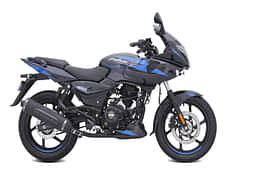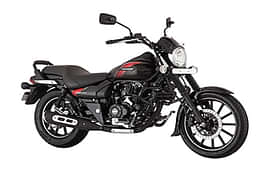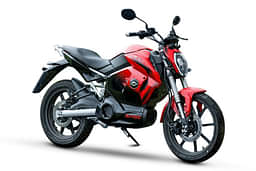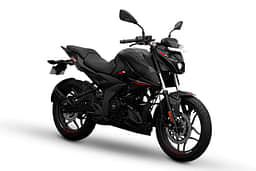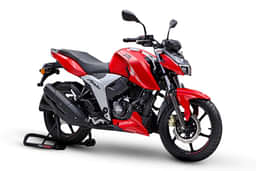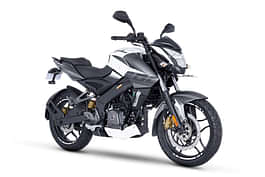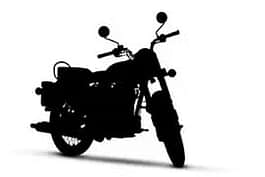
KEY HIGHLIGHTS
- The Bajaj Pulsar 220F has been around since 2007
- It was recently brought back after a brief hiatus
- Packs just enough if you're really set on buying it
- Does not get LED headlights
The Fastest Indian; do you remember those ads? The Bajaj Pulsar 220F came in at a time when we really were craving for some proper performance bikes, and since then, the Pulsar 220F has become a fan-favourite. In fact, Bajaj had to bring back the 220F recently after briefly discontinuing it.
Over the years, Bajaj has been giving the Pulsar 220F small tweaks here and there to keep it fresh and relevant, while retaining the design of the original. Let's take a quick look at what key features the Pulsar 220F has on offer, but first, make sure you've joined the 91wheels WhatsApp Community for the hottest dope on the latest cars and two-wheelers!
Also read: Bajaj Pulsar 220F Vs Competitors: Who Comes Out On Top?
Bajaj Pulsar 220F Key Features
Updated Digital Cluster
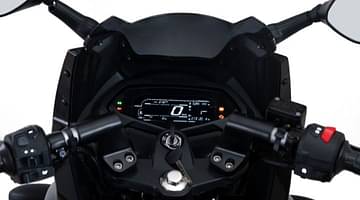
Similar to most other Pulsars in the lineup, the Pulsar 220F has also received the new blacked-out fully-digital LCD screen, replacing the familiar semi-analogue instrument cluster from before. There is also a USB port located on the left side of the cluster, for easier access in case you want to charge your smartphone while on the bike.
Competitor Check: The Hero Xtreme 200S 4V has always been offered with a digital cluster since its launch in 2023.
Navigation and Smartphone Connectivity
In addition to the new LCD digital cluster, the Pulsar 220F finally receives smartphone connectivity via bluetooth, and you get access to features such as turn-by-turn navigation, incoming calls/SMS alerts, a digital clock, distance-to-empty readout, and a dedicated Bajaj Ride Connect App for other tracking data.
Competitor Check: The Xtreme 200S 4V is similarly equipped, as it also receives turn-by-turn navigation connectivity, call/SMS alerts, service reminders and a dedicated app.
Adjustable Suspension and Single-Channel ABS
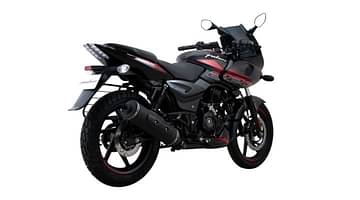
While the Pulsar 220F receives conventional telescopic forks up front, at the rear you get five-step adjustable twin-shock absorbers. To come to a halt, the Pulsar 220F deploys a 280mm disc up front and a 230mm disc at the rear, and unlike the newer Pulsars, the 220F makes do with single-channel ABS. With a kerb weight of 160kg, the Pulsar 220F should be easily manageable for all sorts of riders.
Competitor Check: The Hero Xtreme 200S 4V receives a 7-step adjustable monoshock at the rear, and also receives disc brakes at both ends with single-channel ABS. It is also 5kg lighter than the 220F.
Also read: Honda Unicorn Pros And Cons Explained: Deserves A Better Spot?
Verdict
Even if the Bajaj Pulsar 220F has become rather long in the tooth, it continues to be highly popular among buyers. With the recent updates, the Pulsar 220F has entered the modern era, somehow blending old-school charm with just about enough modern features. However, there are other far more modern options available at this price range which deserve being checked out.
